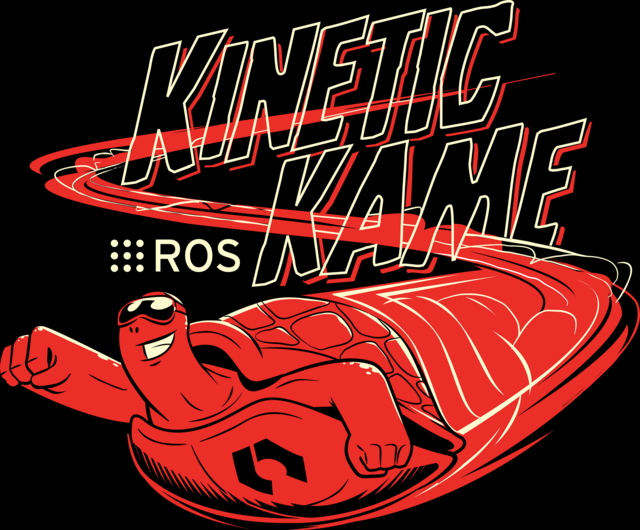From OSRF
BMW has been working on automated driving for the last decade, steadily implementing more advanced features ranging from emergency stop assistance and autonomous highway driving to fully automated valet parking and 360° collision avoidance. Several of these projects were presented at the 2015 Consumer Electronics Show, and as it turns out, the cars were running ROS for both environment detection and planning.
BMW, being BMW, has no problem getting new research hardware. Their latest development platform is the 335I G. This model comes with an advanced driver assistance system based around cameras and radar. The car has been outfitted with four low-profile laser scanners and one long-range radar, but otherwise, it's pretty close (in terms of hardware) to what's available in production BMWs.
Why did BMW choose to move from their internally developed software architecture to ROS? Michael explains how ROS' reputation in the robotics research community prompted his team to give it a try, and they were impressed with its open source nature, distributed architecture, existing selection of software packages, as well as its helpful community. "A large user base means stability and reliability," Michael says, "because somebody else probably already solved the problem you're having." Additionally, using ROS rather than a commercial software platform makes it much easier for BMW to cooperate with universities and research institutions.
Michael discusses the ROS software architecture that BMW is using to do its autonomous car development, and shows how the software interprets the sensor data to identify obstacles and lane markings and do localization and trajectory planning to enable full highway autonomy, based on a combination of lane keeping and dynamic cruise control. BMW also created their own suite of RQT and rviz plugins specifically designed for autonomous vehicle development.
After about two years of experience with ROS, BMW likes a lot of things about it, but Michael and his team do have some constructive criticisms: message transport needs more work (although ROS 2 should help with this), managing configurations for different robots is problematic, and it's difficult to enforce compliance with industry standards like ISO and
Next up: Jerry Towler & Marc Alban (SwRI)








